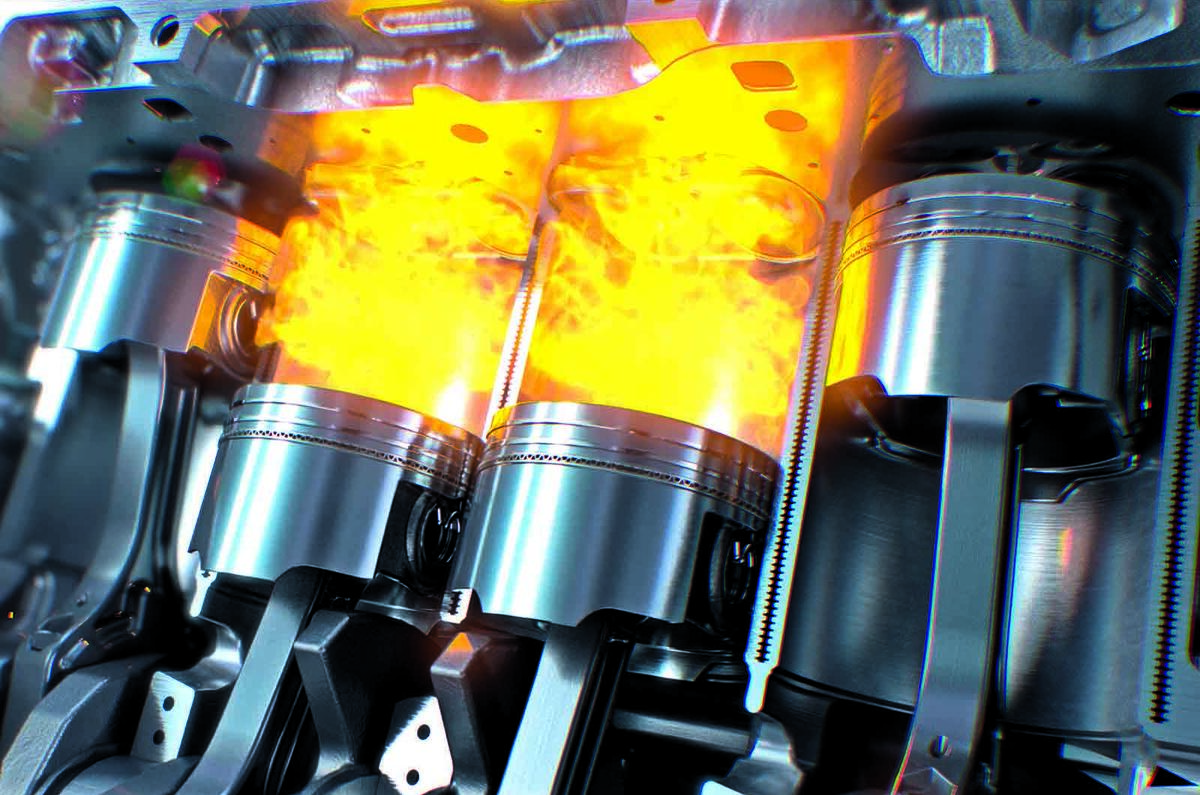In July last year, Chinese manufacturer GAC announced it had been working with Toyota on using ammonia as a substitute for fossil fuel and had successfully run a combustion engine on the carbon-free chemical.
We have got used to hearing about methanol, hydrogen and synthetic fuels as potential replacements for petrol and diesel, but ammonia?
A household cleaning product or fertiliser seems almost bizarre. However, it is being investigated for all kinds of transport use, including ships, trucks and cars.
More recently, Sophia University in Tokyo has been working on making ammonia burn efficiently inside an engine’s combustion chamber.
An ammonia molecule contains three atoms of hydrogen and one of nitrogen so it is flammable, but not easy to ignite.
Its use as a combustion engine fuel is actually as old as the hills so it's fitting that the thrust of new research focused on a fundamental part of engine development: increasing swirl in the intake tract to improve combustion efficiency.
Using ammonia cut with petrol has been the default method of ensuring efficient combustion, but the aim now is to use ammonia on its own, eradicating fossil fuel.
Since 2019, the team at Sophia University has been focusing on the intake ports to promote swirl in the mixture before it arrives in the combustion chamber.
‘Swirl’ describes the way the air-fuel mixture is encouraged to form a vortex that combines the two into a homogenous mixture, improving combustion and reducing emissions.
Mixing the fuel and air creates the same efficiency benefits in a combustion engine, whether the fuel is ammonia, petrol, diesel or anything else. The key thrust of this research was to investigate the relationship between the engine’s intake system and the gas flow inside the cylinders.
The scientists used an optical single-cylinder engine with a glass cylinder and glass piston. A mirror mounted at an angle in the cylinder position below the piston gave the camera mounted outside the glass cylinder a good view up through the piston crown into the combustion chamber itself.
Optical single-cylinder engines are a perfect tool for combustion research and the intake princess can be filmed in real time using a high-speed digital camera.
And that’s exactly what was done here to study the swirl generated in typical types of intake of port design.
To make the air-fuel mixture more visible, the research team added tiny particles of silica to it, each one measuring just 4.65 microns (millionths of a metre) across.
The research found that one design called a helical port produced a good swirling effect, whereas in another tangential design, some work on the size of the port opening was needed to create the desired effect.
The next step is using the results to study combustion of pure ammonia and ammonia mixed with petrol in an engine.




Join the debate
Add your comment
Princess?, anyway, an interesting article highlighting another option for carbon free motoring, re the Princess typo, check your work twice?
Sophia is a Princess